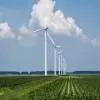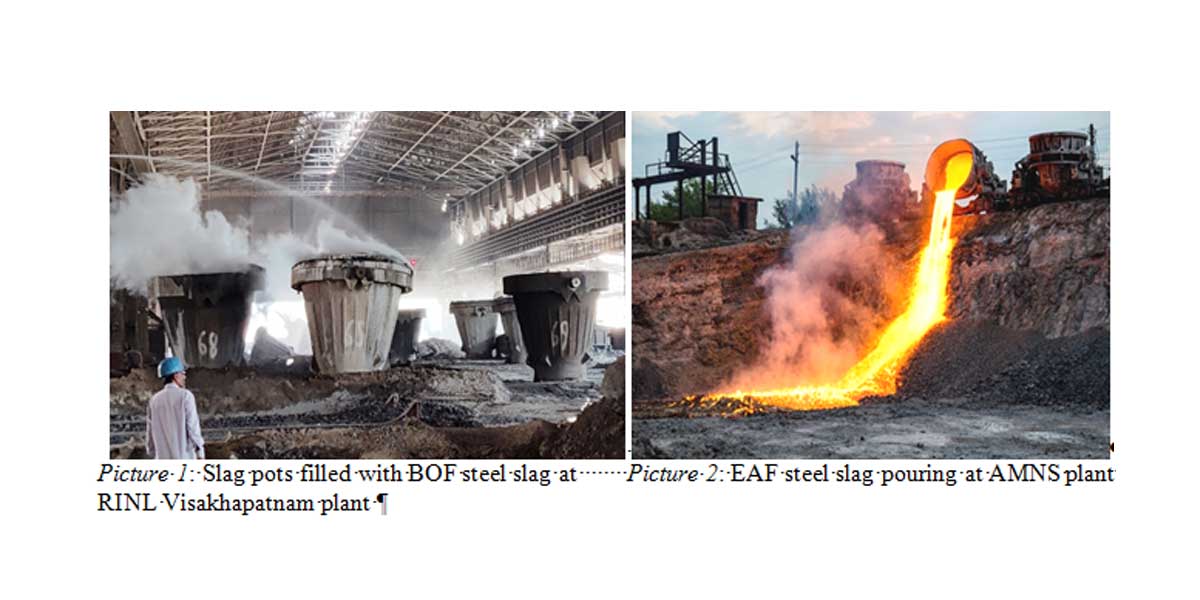
"Revolutionary All-in-One Microwave: Ultimate Convenience for Your Kitchen"
Read full article
CW Gold Benefits
- Weekly Industry Updates
- Industry Feature Stories
- Premium Newsletter Access
- Building Material Prices (weekly) + trends/analysis
- Best Stories from our sister publications - Indian Cement Review, Equipment India, Infrastructure Today
- Sector focused Research Reports
- Sector Wise Updates (infrastructure, cement, equipment & construction) + trend analysis
- Exclusive text & video interviews
- Digital Delivery
- Financial Data for publically listed companies + Analysis
- Preconceptual Projects in the pipeline PAN India
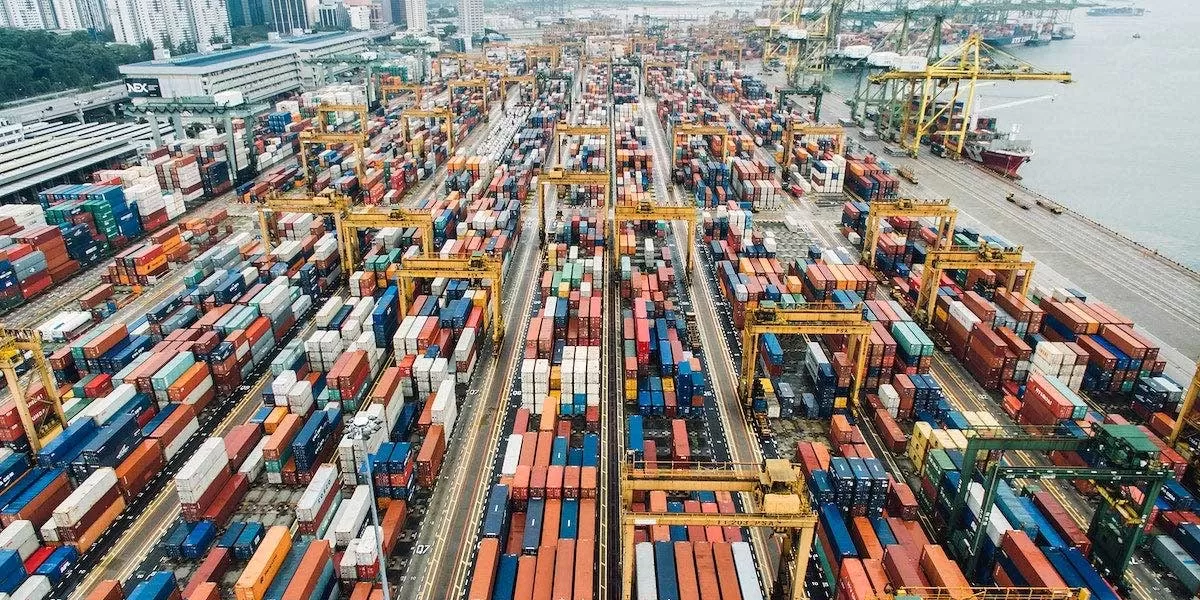
Govt Notifies Revised MSME Classification Criteria
The government has announced revised criteria for classifying Micro, Small, and Medium Enterprises (MSMEs), which will come into effect from April 1. The changes include an increase in both investment and turnover thresholds across all categories. Micro-enterprises will now be classified as those with investments up to Rs 25 million, up from the previous Rs 10 million, while the turnover limit has been raised to Rs 100 million from Rs 50 million. Similarly, small enterprises will now include units with investments up to Rs 250 million instead of the earlier Rs 100 million, and their turnover l..
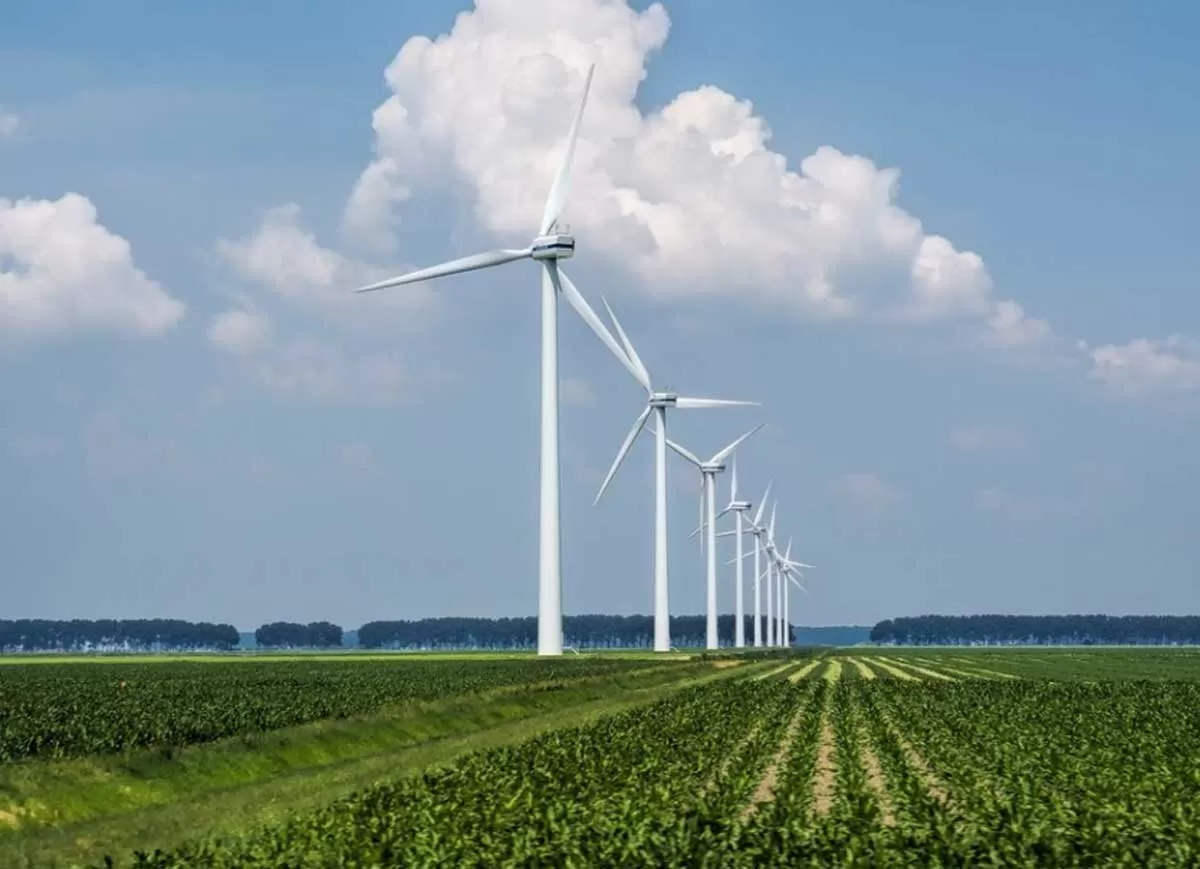
India’s ISTS-linked Green Open Access to Add 40 GW by 2030
The Interstate Transmission System (ISTS) is expected to facilitate approximately 40 GW of green open access (OA) capacity by 2030, provided that transmission challenges are addressed and no significant barriers arise. This capacity would constitute nearly one-third of India's projected green OA capacity by the end of the decade. ISTS-based renewable energy projects enable inter-state power transfer, helping utilities balance supply and demand gaps faced by local distribution companies (DISCOMs). Since 2020, these projects have contributed significantly to the issuance of utility-scale renewa..
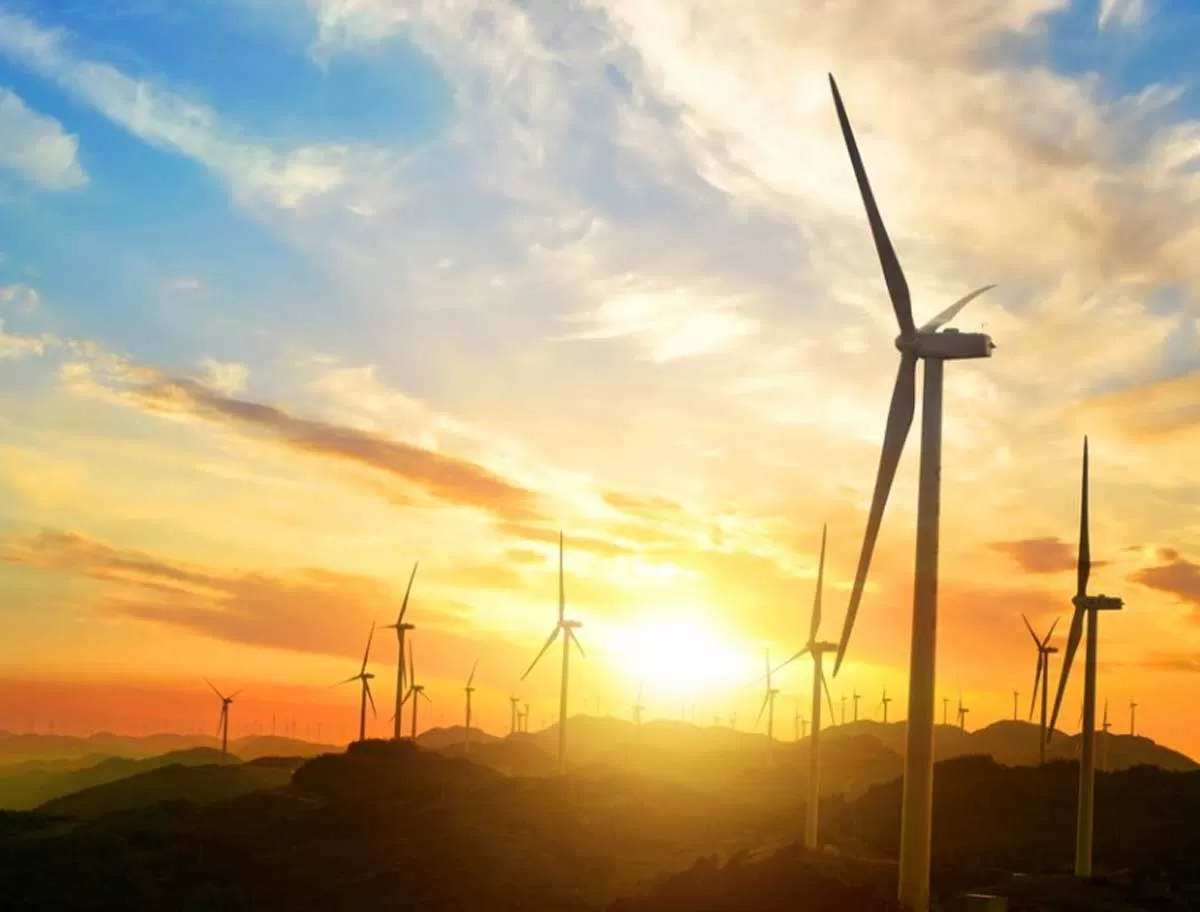
Zelestra and Daimler India Ink PPA for 16 MW Clean Energy Supply
Spain-based Zelestra has entered into an agreement with Daimler India Commercial Vehicles (DICV) for the supply of 16.2 MW of clean energy from its renewable energy project in Tamil Nadu. The power purchase agreement (PPA) will enable DICV to source green energy for its manufacturing facility in Oragadam, near Chennai. Zelestra is currently developing a 149 MW hybrid renewable energy project, incorporating both wind and solar power, near Chennai. The agreement with DICV, a wholly owned subsidiary of Germany’s Daimler Truck AG, aligns with the company’s goal of enhancing sustainability in..





